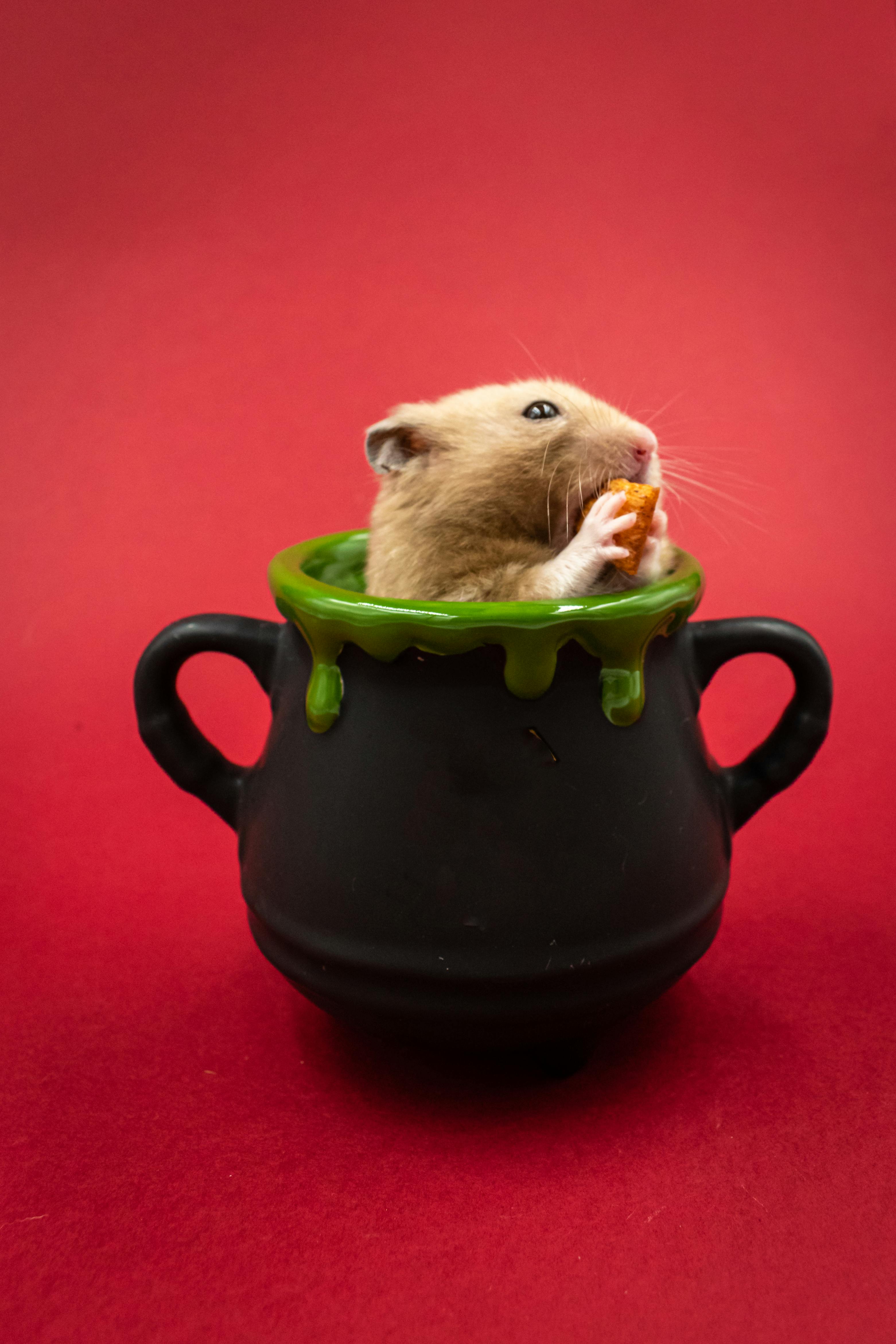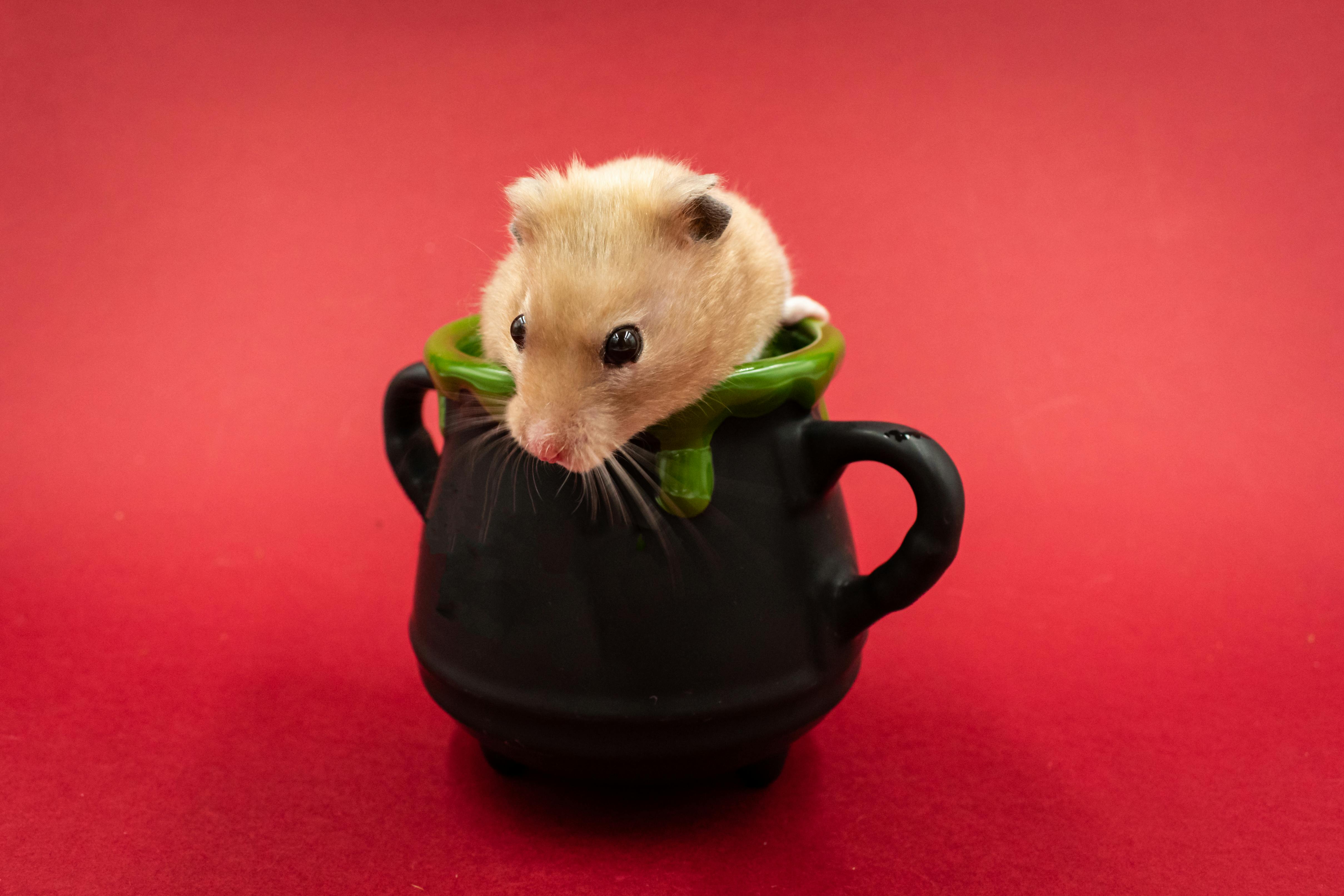All About Hamsters: The Perfect Pet for Your Home
Understanding Hamster Varieties
There are several **hamster species** that make fantastic pets, each with its own unique characteristics and personality traits. The most common types include the Syrian hamster, also known as the golden hamster, the dwarf Campbell’s hamster, and the Roborovski hamster. Syrian hamsters are larger, typically friendly, and enjoy human interaction. **Dwarf hamsters**, like the Campbell’s and Winter White species, are smaller and can live together in pairs or groups if introduced early. Lastly, the Roborovski hamster is known for its agility and sociable nature. Understanding these differences is crucial when selecting the right hamster for your home.

Choosing the Right Hamster for You
When deciding on the best **hamster breed**, consider factors such as the hamster’s size, behavior, and care requirements. For example, if you’re looking for an affectionate pet that enjoys handling, the Syrian hamster may be your best choice. However, if you prefer a more active pet that enjoys social interaction with others, a dwarf hamster might be ideal. Researching **hamster temperaments** and needs is essential to ensure the species you choose fits well with your lifestyle.
Setting Up a Hamster Habitat
A proper **hamster habitat** is vital for their health and happiness. A large cage with adequate space, ventilation, and safety features should be your priority. Use bedding materials like paper, aspen shavings, or fleece to make a cozy nest. It’s crucial to include a hamster wheel for exercise, tunnels for exploration, and hiding spots to promote natural behavior. Ensuring your hamster’s living space is stimulating will lead to a happier, more active pet.
Nutrition for Your Hamster
Feeding your hamster a balanced, nutritious diet is essential. A high-quality **hamster food** mix, rich in seeds and grains, should form the bulk of their diet. Additionally, fresh fruits and vegetables can be provided in moderation to give your hamster variety and essential nutrients. Make sure to avoid harmful foods such as chocolate, citrus fruits, and onions, which can be toxic. Knowing how to properly feed your hamster will help maintain their health and energy levels.

Creating a Balanced Diet
To create a **balanced diet** for your hamster, you should incorporate a variety of foods. Start with a premium hamster pellet or mix as a base. Then, supplement their diet with small amounts of fresh produce such as carrots, peas, and apples. Always ensure that any fresh foods are washed and cut into small, manageable pieces to prevent choking. Regularly changing their diet can keep them interested in their meals and ensure they receive a comprehensive nutrient profile.
Hydration is Key
One critical component of hamster care that is often overlooked is **hydration**. Always provide fresh water daily, either through a gravity-fed water bottle or a shallow bowl. It’s essential to keep the water source clean and checked, as dirty water can lead to infections. Make it a habit to change the water every couple of days and cleaning the water container regularly will contribute significantly to your hamster’s well-being.
Socialization and Handling
Hamsters can be very social creatures if handled properly from a young age. Spending time with your **hamster** can help them become more comfortable with you and reduce stress. With patience, you can train them to recognize your presence and enjoy interaction. However, it’s essential to understand their body language; if a hamster seems frightened, give them space and allow them to acclimate to their surroundings.
Building Trust with Your Hamster
To effectively build **trust** with your hamster, start by speaking softly to them from outside the cage. Let them come to you at their own pace. Gradually introduce your hand into their environment, allowing them to sniff and explore before attempting to pick them up. When holding a hamster, be gentle and supportive, ensuring they feel secure in your hands. This step-by-step approach will help them associate you with positive experiences and foster a closer bond.
Signs of a Happy Hamster
Recognizing the signs of a **happy hamster** is crucial. They will exhibit playful behavior, such as running on their wheels, exploring their cage, and engaging in burrowing activities. Moreover, a well-fed and healthy hamster will groom themselves regularly and display curiosity when you are near. Understanding these behaviors allows you to identify when your pet is thriving and when they may need a little extra care or a change in their environment.
Health Care and Common Issues
Ensuring your hamster stays healthy involves recognizing **common health issues** and knowing how to address them. Hamsters can suffer from various ailments such as wet tail, respiratory issues, and skin conditions. Regular health checks are essential; look for signs such as lethargy, changes in eating habits, or unusual behaviors. If you notice anything concerning, consult with a veterinarian experienced in small pets, as early treatment can make a significant difference.
Preventive Care for Your Hamster
Preventive care is the best approach to keeping your hamster healthy. Ensure their habitat is clean, replacing bedding regularly and maintaining a clean water supply. Additionally, monitor their diet closely to prevent overfeeding and avoid obesity. Consider routine vet check-ups for professional health assessments. Being proactive in their care can prevent many common issues and lead to a longer, healthier life for your furry friend.
Signs Your Hamster Might Be Sick
Awareness of the **symptoms of illness** in hamsters is crucial for timely intervention. Look for subtle changes in behavior, such as decreased activity, changes in eating habits, or excessive grooming. Other signs to watch for include fur loss, an unkempt appearance, or difficulty breathing. By detecting these symptoms early, you can address potential health concerns before they escalate, ensuring a better quality of life for your hamster.
Key Takeaways
- Choosing the right **hamster breed** is essential for compatibility with your home.
- Provide a balanced diet, incorporating quality hamster food and fresh produce.
- Regular handling and socialization help build trust and happiness in your hamster.
- Maintain a clean and safe habitat to prevent health issues.
- Stay vigilant for signs of illness to ensure timely veterinary care.
FAQ
1. How often should I change my hamster’s bedding?
You should change your hamster’s bedding at least once a week, but more frequently if it becomes soiled or has an odor. Keeping their cage clean is vital for their health. Using a suitable bedding material will also ensure a comfortable environment.
2. Can hamsters eat fruits?
Yes, hamsters can eat fruits, but only in moderation. Fruits like apples and bananas provide essential vitamins but should be given as occasional treats due to their natural sugars. Always remove uneaten fresh food to prevent spoiling.
3. What is the lifespan of a hamster?
A hamster’s lifespan varies by species, with most living 2 to 3 years, while some larger breeds like the Syrian hamster may live up to 4 years with proper care. Regular vet visits can help ensure they live a long, healthy life.
4. How can I keep my hamster mentally stimulated?
To keep your hamster mentally stimulated, provide toys, tunnels, and a safe environment for exploration. Rotate toys regularly to keep things interesting, and consider time outside their cage in a secure play area for additional enrichment.
5. Is it normal for hamsters to sleep during the day?
Yes, hamsters are nocturnal creatures, so it is entirely normal for them to sleep during the day. They become more active during the evening and night, making it essential to consider their activity patterns when providing care.
